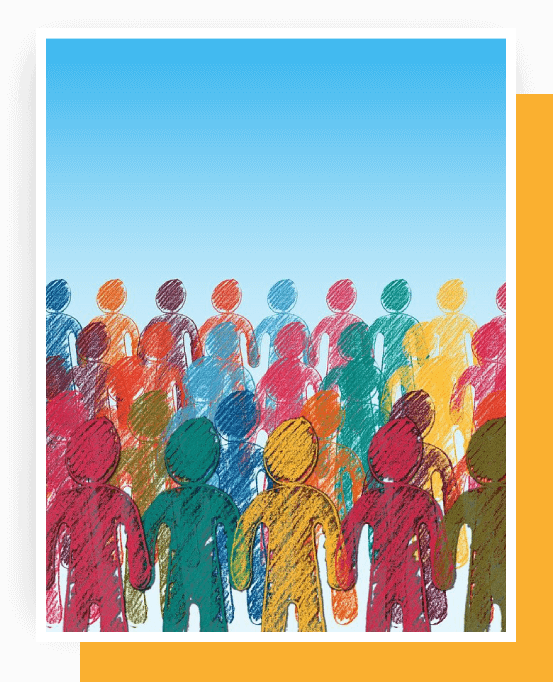A Brighter Future for California
In California, great ideas come to life. The state is now in the middle of two radical changes,
- making electricity clean and zero emissions, and
- transforming transportation to electric power.
These huge changes are challenging. Success requires building large amounts of new solar, wind, battery storage and other clean power sources to supply the demands today, like air conditioning and doing the laundry. And on top of these existing loads, California will add large new demand from the cars and trucks that use gasoline and diesel today but will be powered by clean electricity in the future.
Californians can lead and show others the path forward by planning smartly and building aggressively to meet the future. Although extreme weather, wildfire, and climate change are serious threats we can prepare for them with better and more robust infrastructure. And as we transition to clean energy and clean transportation, we will enjoy healthier air, greater energy independence, and more economic security.
Three Rivers Energy Development LLC (TRED) is developing clean energy transmission projects in California. We are working to build two advanced submarine electric transmission systems to connect Central California and Los Angeles. These systems will allow more clean energy to flow freely around the state to where it is needed and reduce the pollution burden on inner-city communities.





